The Importance of Showing Your Face on Zoom
Here is an example of what many teachers see when teaching a class. It makes it very difficult for the teacher to monitor if the class is participating and doesn’t make the class feel connected.
December 27, 2020
With online learning going on for almost a year now, many teachers are often teaching to about 30 black squares with names. With cameras more recently being required on Zoom, students have found many clever ways to avoid showing their faces, whether it be the classic tilting of their cameras so it just shows a ceiling or dodging the camera so people just see a wall. Though it is humorous to see, it poses many disadvantages to both the student and the teacher, which is why it is important to show your face while on Zoom.
One reason for this is because the teacher can’t tell if the student is really focused. Though the child may be working, it gives the impression that they are scrolling through their phone or aren’t truly paying attention. This makes it a struggle for teachers, as they don’t know if the students are actually gaining anything from what is being taught.
Opposing this, showing your face on Zoom helps build a sense of community, as the teacher can begin to recognize faces and people can more easily connect this way. As in-person school would be where we all see our faces, having our faces on Zoom makes it a pleasure to know that we are all together in this situation, and it makes it a much better experience.
Additionally, it makes it more likely for students to pay attention and be actively engaged. During Zoom classes, many students have observed that those who show their face on Zoom are typically those who answer more questions or participate more in discussions. This motivation showing your face gives you can help you better comprehend what you are learning and therefore do better in school (TheStartup).
It also helps with non-verbal cues. Even if someone isn’t willing to speak in class, showing their face allows the teacher to tell if the students are understanding what they are learning or if they are confused (The Startup). For example, if a student nods their head, it means they are understanding the concept, but if the teacher finds a lot of students look confused, they can clarify certain topics easier.
Despite all of these advantages, many students are still not willing to show their faces on Zoom. In a survey conducted with students at Yorba Linda High School, only 31% of students said they were comfortable showing their face, while 69% said they were not. When asked why they felt uncomfortable having their camera on, many felt it was either invasive of their privacy or they felt self-conscious about how they looked. They also felt it was a hassle to try to look presentable, and they felt looking at themselves through their camera was weird. For those who didn’t care about their appearance, they had concerns about people filming them without their consent, or are scared of when the teacher puts the students on Zoom on the projector board.
Juliana Neemah (10) is one of the many students that experience students showing their faces in class, saying “A lot of people have their cameras pointed at the ceiling in my classes. I feel that people should put their cameras on their faces because it shows that they are being attentive but at the same time it’s the student’s choice.”
For those that said they felt comfortable showing their face on Zoom, they said it was because they can’t change the way they look, so there is no point in hiding their face. They also felt that when we are in-person everyone sees our faces anyway, so they aren’t bothered by showing their face on Zoom. One last reason was that they felt it shows respect to the teacher, as they work so hard during these times to see more than ceiling fans, and their job is dedicated to seeing and helping kids.
Teachers have been finding ways to further encourage people to show their face on Zoom, whether it be giving them extra points or even taking away points for those who don’t show their face. With online school likely to continue for the next few months, students will have to learn to adapt to this new way of life.














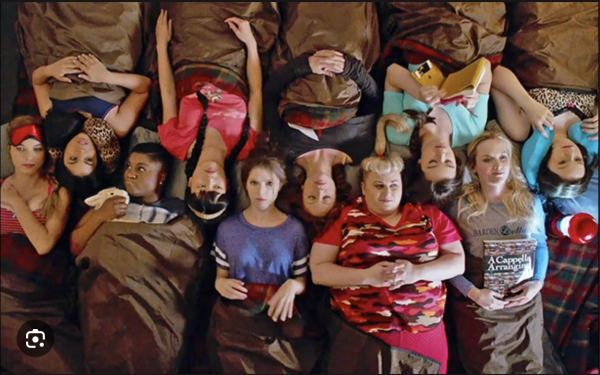

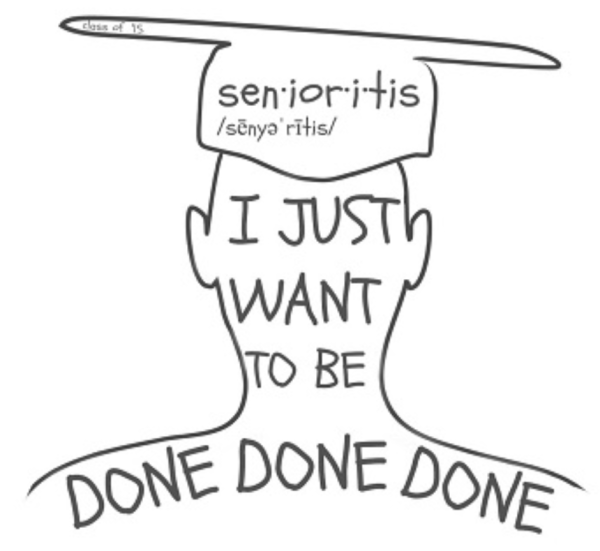

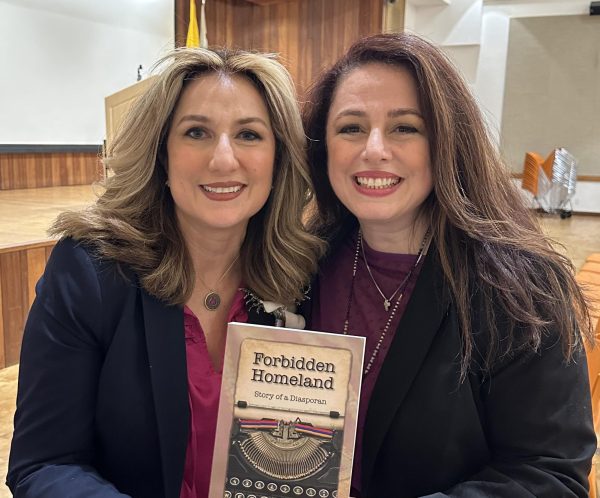


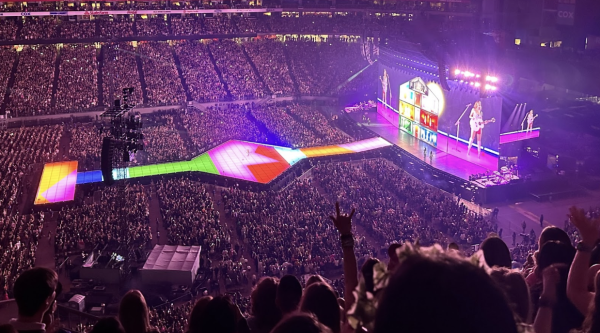
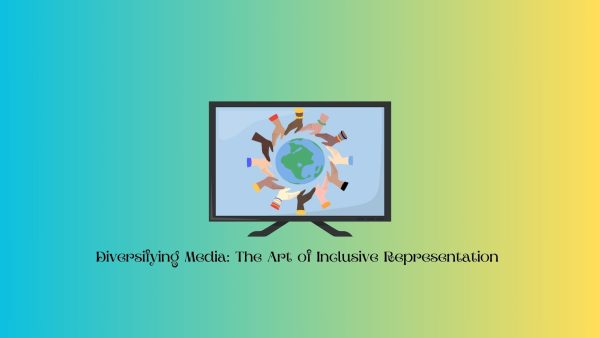
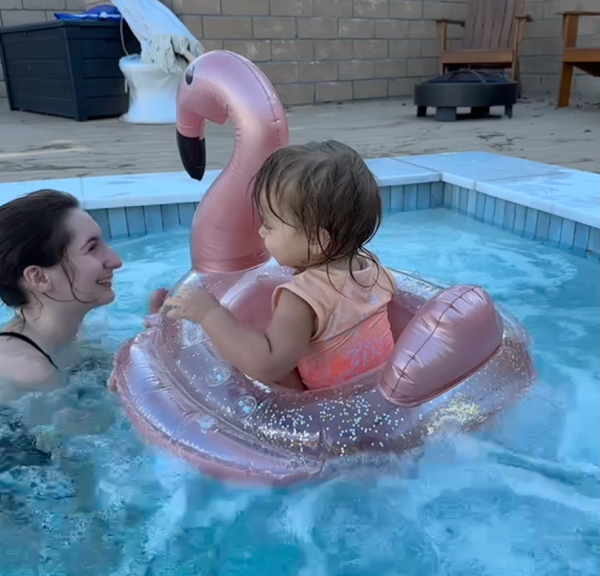
Katelyn Ruggles • Jan 21, 2021 at 3:27 PM
So many kids in my classes only show their ceiling or wall when on zoom, and my teachers ask them all the time to keep them on. It’s really important to keep your camera on if comfortable, so thank you for writing this article!
Emily Eslao • Jan 16, 2021 at 2:16 PM
This article does a great job summing up the situation! I definitely agree with the reasoning on both sides of this, and I see this happening in all my online classes anyways. I always feel tempted to turn my camera away because it would be much more comfortable, but showing my face is bearable. If online school continues, I wonder if the school will go one step further and make it mandatory to show your face in the camera.
Suhani Bhanvadia • Jan 10, 2021 at 2:07 PM
I agree that there is no point in having the camera on when you don’t show your face, but I understand why some students do. You mentioned that people feel more self-conscious and I think part of the reason is that we can see ourselves which pulls our attention towards how we look.
Sharon Sun • Jan 8, 2021 at 9:42 PM
You’re definitely right about the part where teachers knowing that students are focused through their cameras comes into play. In my chemistry class, Mrs. Ward mandates that all students have their cameras on so that she can make sure we are all paying attention and not on our phones. Great article!